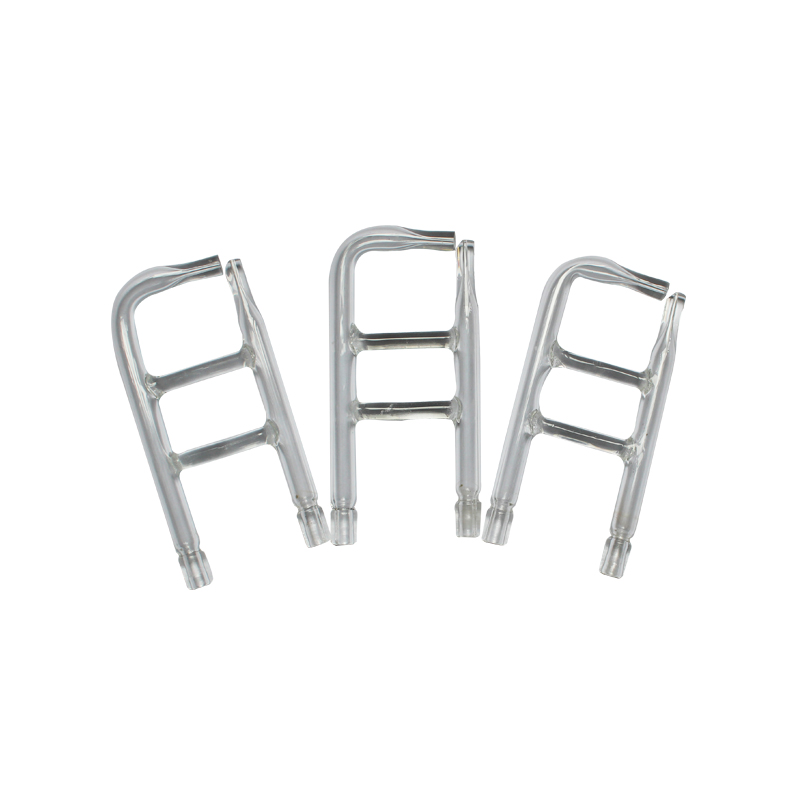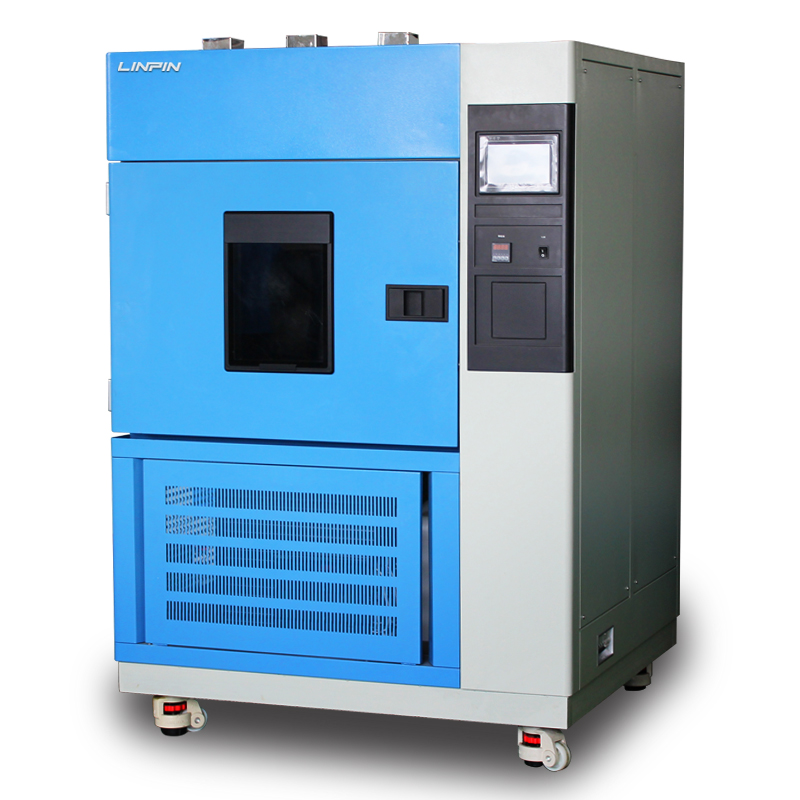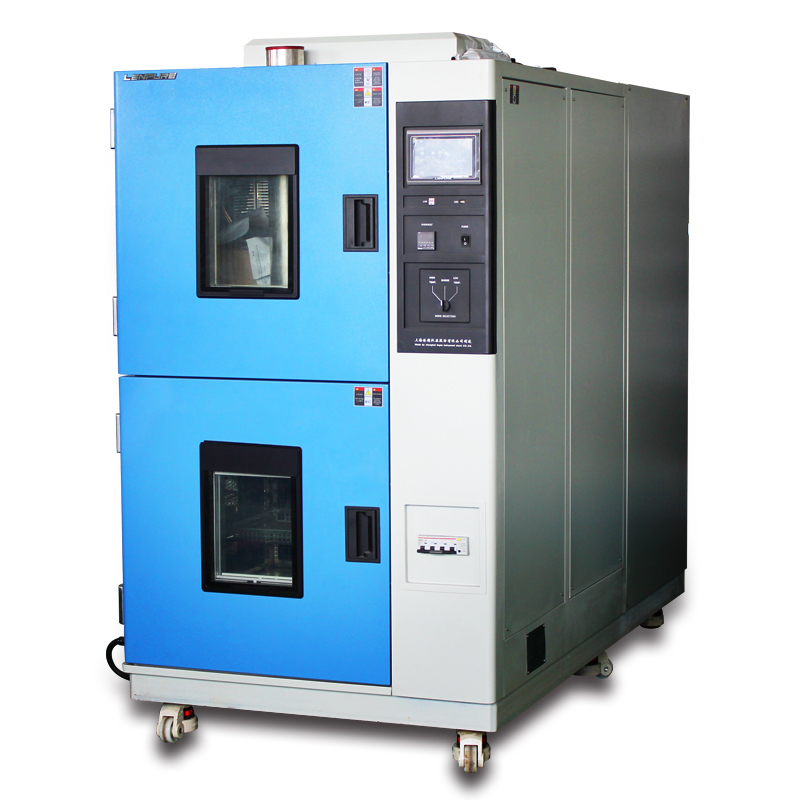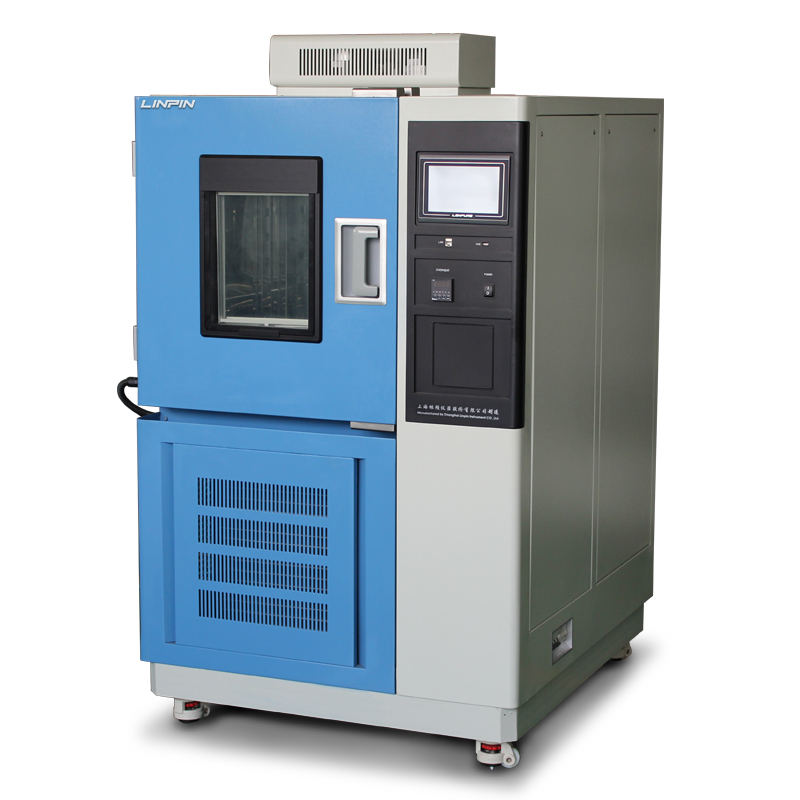Which Salt-Spray Method Is the Most Scientific?
Author:LINPIN Update Time:2025-09-01 Source:LINPINIn modern industry—especially in materials science and corrosion protection—salt-spray chambers are indispensable for evaluating how well a material resists corrosion. Yet the spray method you choose has a direct impact on the scientific rigor and accuracy of the results. Below, we break down the available spray modes and explain which one is the most “scientific” for your specific application.
-
How Salt-Spray Testing Works
Salt-spray tests reproduce the corrosive conditions found in marine environments by atomizing a sodium-chloride (saline) solution inside a controlled chamber. Properly executed, they can predict how materials will perform when exposed to acid rain, coastal atmospheres, and other aggressive settings. Selecting the right spray pattern is therefore mission-critical. -
Spray Modes at a Glance

Continuous Spray
The chamber atomizes salt solution nonstop throughout the entire test.
• Pros: Delivers a constant corrosive load, maximizes repeatability, and is ideal for long-term benchmarking.
• Best for: Standardized tests where reproducibility trumps environmental realism.
The chamber atomizes salt solution nonstop throughout the entire test.
• Pros: Delivers a constant corrosive load, maximizes repeatability, and is ideal for long-term benchmarking.
• Best for: Standardized tests where reproducibility trumps environmental realism.
Cyclic (Intermittent) Spray
The chamber alternates between spraying and resting (or between spraying and drying).
• Pros: Mimics natural wet/dry cycles, giving results that translate more directly to real-world service life.
• Cons: Requires careful tuning of cycle times; small variations can widen result scatter.
• Best for: Studies that focus on dynamic corrosion behavior rather than simple pass/fail screening.
The chamber alternates between spraying and resting (or between spraying and drying).
• Pros: Mimics natural wet/dry cycles, giving results that translate more directly to real-world service life.
• Cons: Requires careful tuning of cycle times; small variations can widen result scatter.
• Best for: Studies that focus on dynamic corrosion behavior rather than simple pass/fail screening.
Low-Temperature Spray
Salt solution is atomized while the chamber is held at sub-ambient temperatures.
• Purpose: Assesses how materials behave in arctic or aerospace environments where both salt and cold are present.
• Value: Highly specific; indispensable for niche applications, but not a general-purpose choice.
Salt solution is atomized while the chamber is held at sub-ambient temperatures.
• Purpose: Assesses how materials behave in arctic or aerospace environments where both salt and cold are present.
• Value: Highly specific; indispensable for niche applications, but not a general-purpose choice.
-
Which One Is “More Scientific”?
“Scientific” does not mean “one-size-fits-all.” It means the method that yields data best suited to your hypothesis or engineering requirement.

• If your goal is to generate baseline corrosion data that can be reproduced in any accredited lab, continuous spray is the gold standard.
• If you need to understand how a material will degrade when exposed to fluctuating marine conditions—say, on a ship deck that alternates between wave splash and sunny drying—cyclic spray is the scientifically correct choice.
• For extreme-cold service environments (aircraft skins, offshore arctic structures), low-temperature spray is the only scientifically defensible option.
• If you need to understand how a material will degrade when exposed to fluctuating marine conditions—say, on a ship deck that alternates between wave splash and sunny drying—cyclic spray is the scientifically correct choice.
• For extreme-cold service environments (aircraft skins, offshore arctic structures), low-temperature spray is the only scientifically defensible option.
-
Practical Tips for Reliable Results
Regardless of spray mode, lock down these variables:
• Salt concentration (typically 5 % NaCl)
• Chamber temperature (often 35 °C)
• pH of the solution
• Spray pressure and collection rate
• Calibration and certification of the test equipment -
Bottom Line
There is no universally “best” spray method—only the method that is best for the question you are asking. Continuous spray offers unmatched repeatability, cyclic spray provides superior environmental fidelity, and low-temperature spray addresses specialized cold-climate needs. Match the method to the material, the environment, and the purpose of the test, and your data will stand up to scientific scrutiny.





